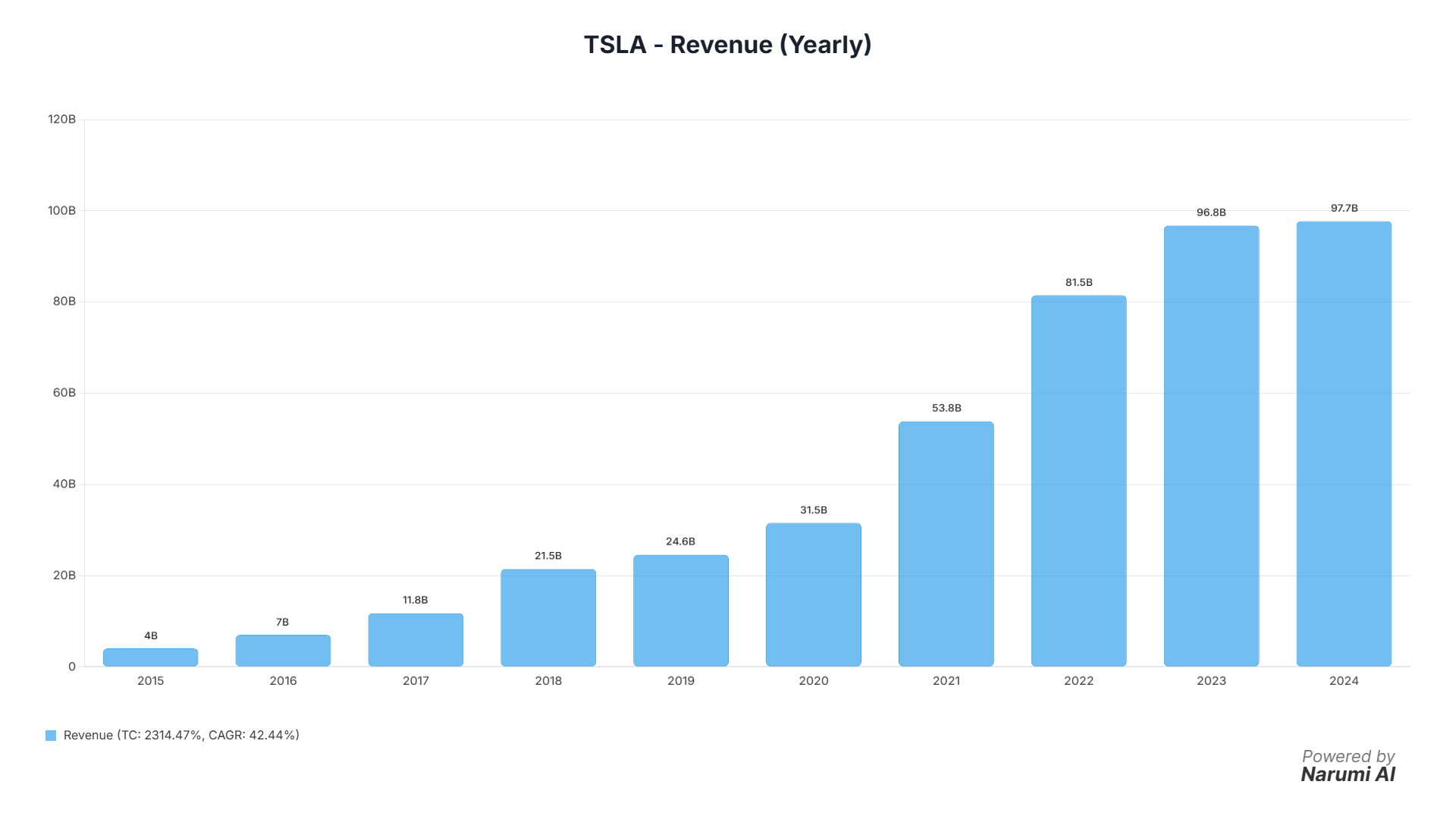Key Stats & Ratios
Financial ratios are a cornerstone of fundamental analysis. They allow you to standardize data, making it possible to compare the performance of companies of different sizes, in different industries, or even the same company over different time periods. Ratios help you look beyond the raw numbers to understand a company's true efficiency, profitability, and financial health.

Example Ratios
- Profitability Ratios: These measure how effectively a company is converting revenue into profit. A key example is the **Return on Equity (ROE)**, which shows how much profit is generated for each dollar of shareholder investment.
- Liquidity Ratios: These assess a company's ability to meet its short-term financial obligations. The **Current Ratio** (`Current Assets / Current Liabilities`) is a primary indicator; a value greater than 1 suggests a company can cover its short-term bills.
- Leverage Ratios: These indicate how much debt a company is using to finance its assets. The **Debt-to-Equity** ratio is crucial; a very high ratio can signal significant financial risk.
- Valuation Ratios: These help determine if a stock is fairly priced. The most famous is the **P/E Ratio (Price-to-Earnings)**, which tells you how much investors are willing to pay for each dollar of a company's earnings.